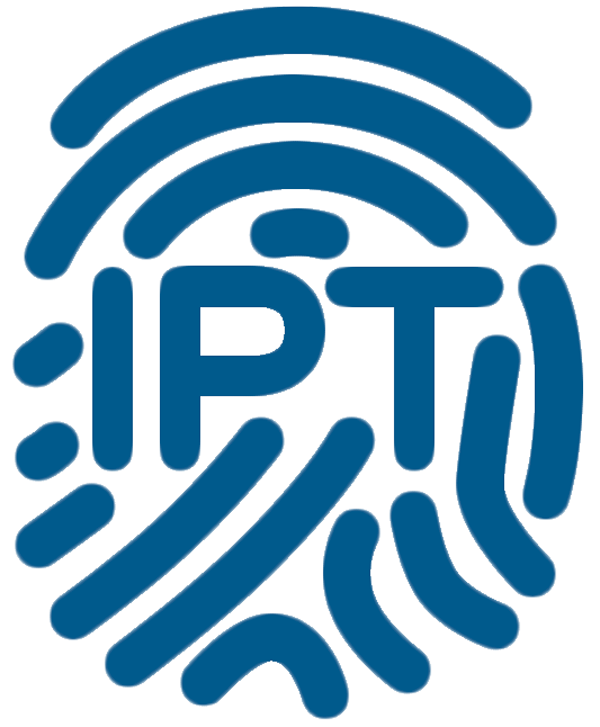 In my childhood, one of the fun games in the daily newspaper was a "connecting the dots" puzzle. A simple system of drawing a line from one numbered dot to the other produced a picture any child could see. Every now and then a typo would occur in the printing of the paper and the result was an unsolvable puzzle with a blurred image. The newspaper would issue an apology to its readers and that was that. A harmless mistake in an innocent game.
In my childhood, one of the fun games in the daily newspaper was a "connecting the dots" puzzle. A simple system of drawing a line from one numbered dot to the other produced a picture any child could see. Every now and then a typo would occur in the printing of the paper and the result was an unsolvable puzzle with a blurred image. The newspaper would issue an apology to its readers and that was that. A harmless mistake in an innocent game.
The same solution does not hold true in more serious fields.
In the war on terrorism, substituting hard facts with esoteric rhetoric blurs the picture and creates confusion. The latest example of this situation, coming on the heels of the terrorist attack in Orlando, is the Department of Homeland Security's interim report on Countering Violent Extremism (CVE) Subcommittee released this month.
This was not a wartime strategy report. On the contrary, this was the administration's latest initiative to move further away from the war on terrorism and blur the picture as to who the enemy really is.
The subcommittee was formed as part of the DHS's Homeland Security Advisory Council ("HSAC") last November. It was described by the department as "an incubator of ideas." It defines CVE as the actions taken to counter efforts by extremists to radicalize, recruit, or mobilize followers to violence. Who is a violent extremist you ask? According to the report, it is an individual who supports or commits ideologically-motivated violence to further political goals. And what type of weapons would one use in this fight? The committee recommends using "soft power tools." Soft power is a conceptual idea that persuasive words are more important than the use of force in a time of war.
This formation of the subcommittee and its objectives coincided with the terrorist attacks in Paris that killed 130 and injured more than 350 men women and children. The sophistication of the Paris attacks and the subsequent Brussels attacks led authorities to conclude that the terrorists had received prior combat training. Some had returned to Europe after fighting with ISIS in Syria.
One month after the subcommittee was formed, another terrorist attack occurred in San Bernardino, Calif., that left 14 people dead and 22 injured. The attack was carried out by a husband and wife jihadi team, Syed Rizwan Farook and Tashfeen Malik.
ISIS described the couple as "soldiers of the caliphate."
In Orlando at the Pulse nightclub, Omar Mateen, having pledged bayat, or allegiance, to ISIS, opened fire on the crowd killing 49 people and wounding 53 others. His goal was not political. It was to rid the world of infidels.
In the original 9/11 Commission report, the committee clearly identified the enemy: It "is not just 'terrorism,' some generic evil. This vagueness blurs the strategy. The catastrophic threat at this moment in history is more specific. It is the threat posed by Islamist terrorism..."
And lest we think that pronouncement has changed in the 15 years since 9/11, we should look at the supplemental report issued by the commission 10 years later. In it, the members informed us that the threat of Islamic terrorism had not been defeated but had grown stronger, and had evolved in methodology, tactics and leadership.
When the current administration removes the words "radical Islamic terrorism" from the equation, it is more than a semantic faux pas. It is an intentional erasure of one of the dots necessary to see clearly the threat facing the United States. It identifies who has declared war on us.
Groups like al-Qaida, al-Shabaab, and ISIS are not looking to attract students to some philosophy or political science class.
They are soldiers, combat-hardened jihadists, sadistic killers. They are using every tool available to them to recruit more – social media, the internet, violent videos, fiery sermons. Soft power means nothing to them. They respond only to the sword.
When the president uses terms like "the full resources of the federal government" and "spare no effort" in responding to the latest terrorist attack by an Islamist, what exactly does it mean? To the average American it sounds like more rhetoric from the "incubator of ideas."
This administration and Congress must give the FBI and local law enforcement the necessary resources, including the additional manpower and equipment necessary to face the current challenge of investigating numerous leads on ISIS sympathizers within our borders. And they must restore to our intelligence agencies the ability to collect and analyze the data necessary to track Islamic terrorist organization like ISIS.
In a time of war we need decisive action, not soft power tools.
IPT Senior Fellow Patrick Dunleavy is the former Deputy Inspector General for New York State Department of Corrections and author of The Fertile Soil of Jihad. He currently teaches a class on terrorism for the United States Military Special Operations School.
